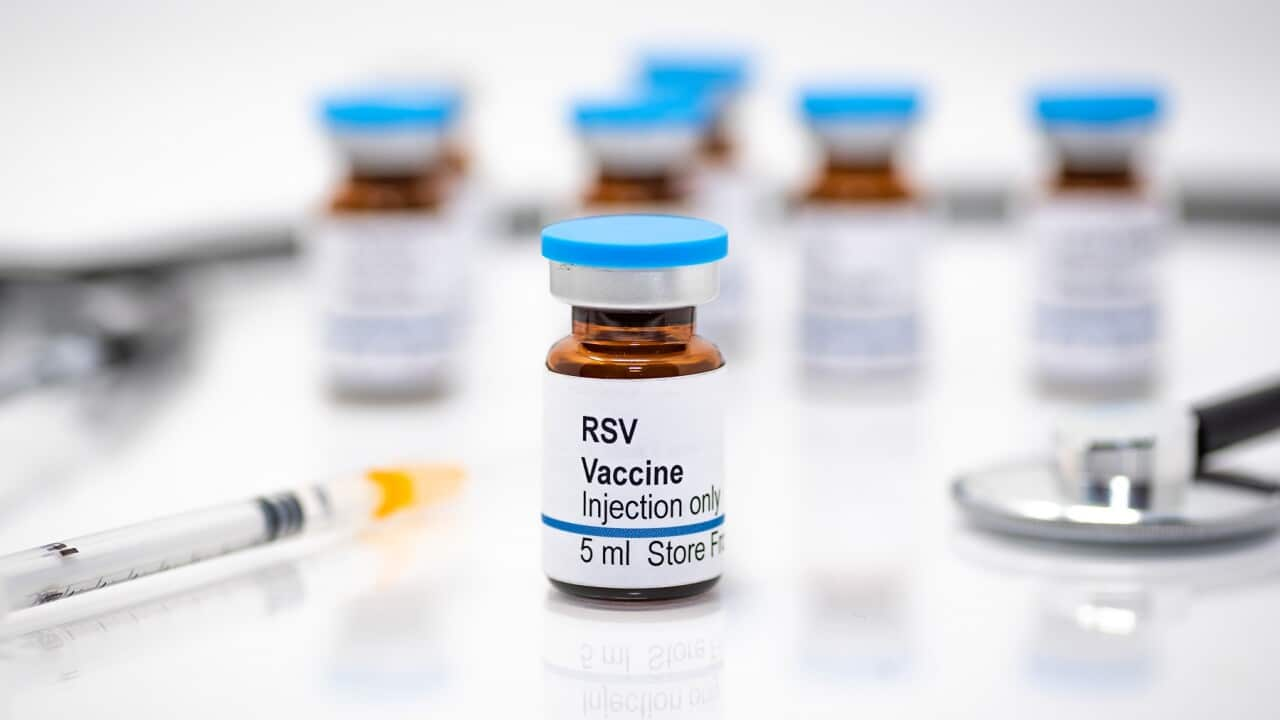TRANSCRIPT
Mobile phones - we all use them ... today, more than ever.
And because they emit low-level radio waves many have wondered, can they cause cancer?
Scientists say they now have an answer and it's good news.
Australian-led research - carried out by a panel of 11 experts from 10 countries looked into more than 5,000 global studies conducted between 1994 and 2022
Lead researcher Associate Professor Ken Karipidis is the health impact assessment assistant director Australian Radiation Protection and Nuclear Safety Agency.
He says the review narrowed in on 63 human observational studies for the final analysis.
“The key takeaway is that when we review all of the human observational studies that have been conducted investigating mobile phone use and other sources of radiowaves and different types of cancer, there is no association linking mobile phone use and different types of cancers."
The panel of experts found no link with prolonged use of a mobile - so even if people used their phones for 10 years or more, and regardless of how much they used them, there was no discernible effect.
It also concluded that mobile towers and broadcast and T-V towers are not a cancer risk
The W-H-O research aligned with a 2018 study by the Australian Radiation Protection and Nuclear Safety Agency
It found brain tumour rates in both male and females in Australia since 1982 remained stable as mobile phone subscriptions increased substantially.
“Mobile phone use, since it was invented in the late 1980s, has skyrocketed, I mean, every person now uses a mobile phone, whereas the brain tumour rates have remained quite stable, so there has been no increase in any type of cancer and that's really reassuring"
In 2011, the International Agency for Research on Cancer classified radio wave exposure as a "possible carcinogen to humans" a category used when a potential link cannot be ruled out
The University of Sydney's Professor Tim Driscoll - who is chair of the Australian Cancer Council’s occupational and environmental cancers committee - say at that time, the evidence was limited.
"There are some epidemiological studies that have a shown an increase, but that there aren't many and the ones that have been published have methodological problems so we can't put a lot of weight on them, but equally, we couldn't completely dismiss them. What this new study does is includes way more studies than were included in 2011."
The message today - the public should feel re-assured their mobiles are safe.













